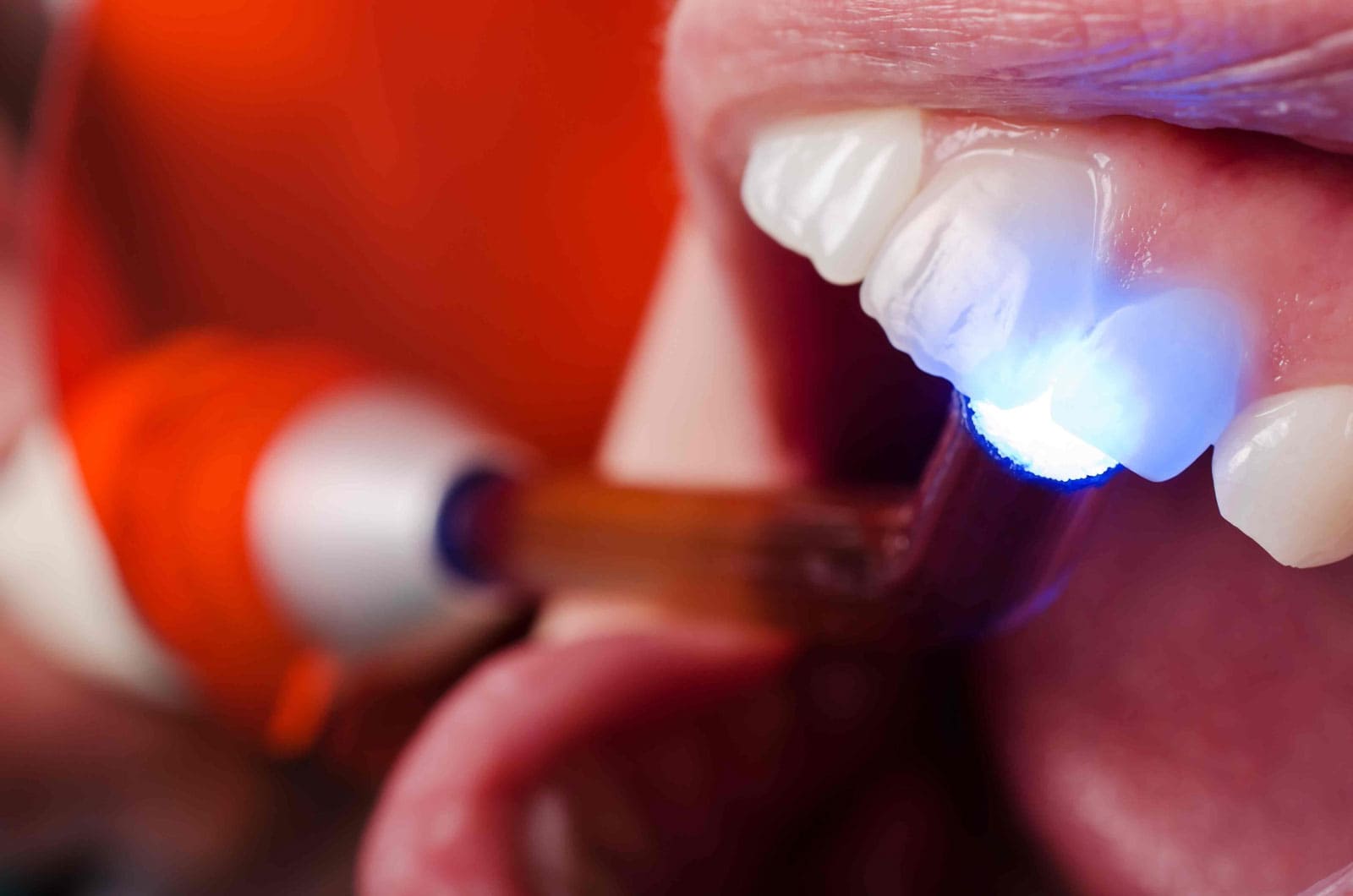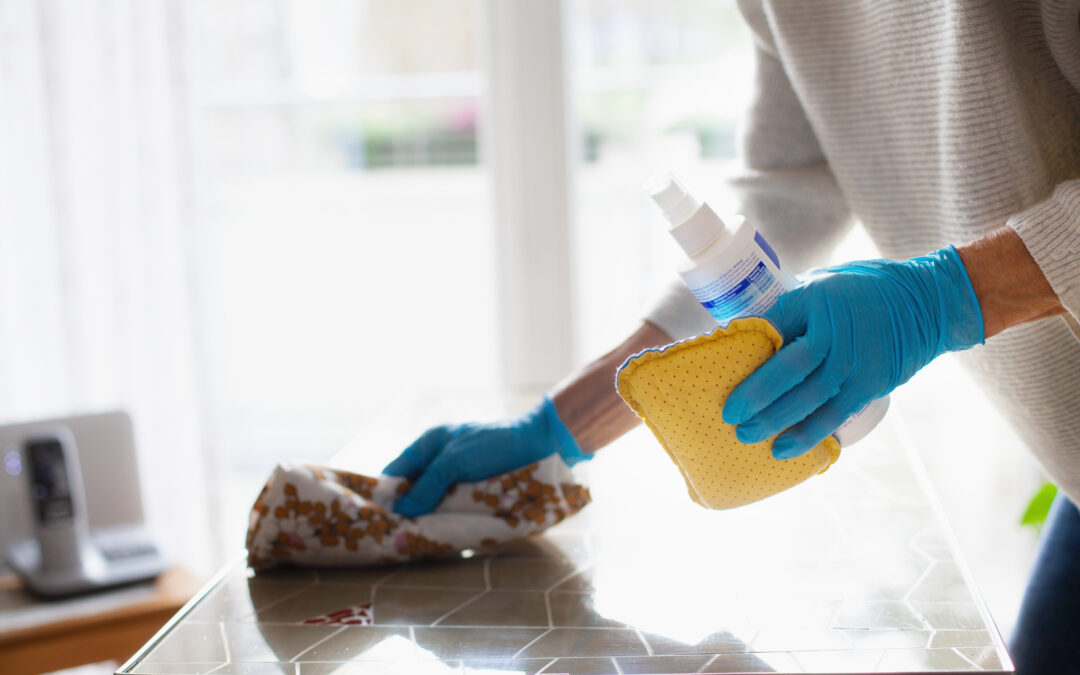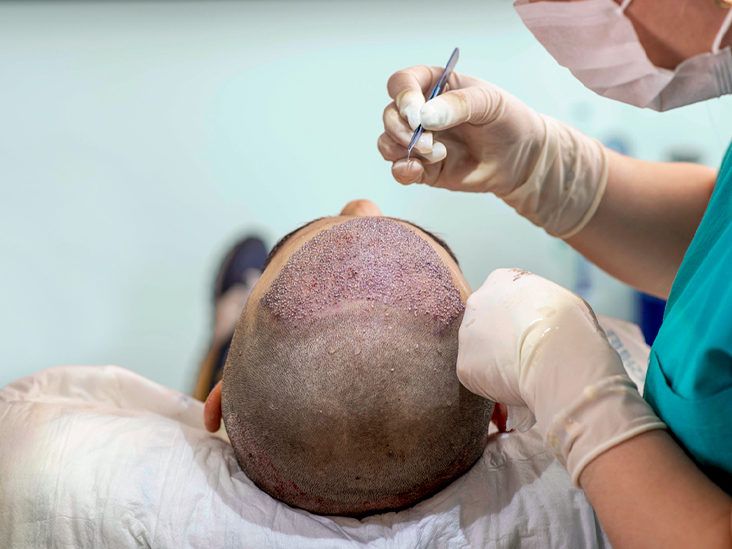Experiencing sensitivity after a Dental Tooth Filling in Dubai is a fairly common issue, and while it can be uncomfortable, it doesn’t always mean something is wrong. For many patients, the sensation fades within a few days or weeks. However, in some cases, sensitivity may indicate an underlying problem that requires further attention. Understanding what kind of discomfort is normal and when to seek help is key to protecting your dental health and peace of mind.
What Causes Tooth Sensitivity After a Filling:
Tooth sensitivity following a filling procedure can be triggered by several factors, most of which are related to the treatment itself or the condition of the tooth before it was restored. Common causes include:
-
Nerve irritation from the drilling process during cavity removal
-
Depth of the cavity, especially if it was close to the pulp
-
Material of the filling, with metal conducting more temperature changes
-
Bite misalignment if the filling is slightly too high
-
Natural healing process, as the tooth adjusts to the restoration
Mild discomfort when eating hot, cold, or sweet foods is typical in the days following a filling.
Normal Sensitivity: What to Expect:
After getting a filling, it’s perfectly normal to experience some sensitivity. This usually presents as brief discomfort when exposed to stimuli such as:
-
Cold drinks or foods like ice water or ice cream
-
Hot beverages such as tea or coffee
-
Sugary snacks
-
Biting or chewing pressure, especially if the filling is on a molar
This type of sensitivity generally improves within a few days to a couple of weeks as the tooth adjusts.
Abnormal Sensitivity: When It May Be a Problem:
If your sensitivity persists beyond a few weeks or becomes more intense, it could point to a problem with the filling or the tooth itself. Signs that something may be wrong include:
-
Sharp, throbbing pain that lasts for more than a few seconds
-
Pain when biting down that doesn’t improve
-
Sensitivity that worsens over time rather than improving
-
Pain not limited to one tooth, suggesting nerve issues or referred pain
-
Swelling or signs of infection in the surrounding gum tissue
In these cases, it’s important to revisit your dentist for an evaluation and possible adjustments or treatment.
Common Solutions to Sensitivity After Fillings:
There are several ways to manage and reduce tooth sensitivity after a Dental Tooth Filling in Dubai. Most are simple, non-invasive, and highly effective when applied correctly:
-
Use a desensitizing toothpaste such as Sensodyne
-
Avoid extremely hot or cold foods for a few days
-
Chew on the opposite side of your mouth while healing
-
Use a soft-bristled toothbrush to minimize irritation
-
Avoid acidic foods and drinks that can aggravate the area
-
Return to your dentist for a bite adjustment if chewing pain persists
These steps often provide relief and allow your tooth to recover naturally.
When You Might Need a Follow-Up Appointment:
While sensitivity often resolves on its own, certain situations require a follow-up visit. Schedule a dental check-up if:
-
The discomfort doesn’t subside after 2–3 weeks
-
You experience severe pain, swelling, or fever
-
The filling feels too high or uneven
-
Your tooth starts to discolor or develop a bad odor
-
There are visible cracks or roughness in the filling
Your dentist can assess whether the filling needs to be smoothed, adjusted, or replaced.
Possible Complications from Untreated Sensitivity:
Ignoring ongoing or abnormal tooth sensitivity could lead to more serious dental issues. If left untreated, problems such as the following can occur:
-
Pulpitis, or inflammation of the tooth’s inner nerve tissue
-
Cracked filling, which can allow bacteria to enter the tooth
-
Recurrent decay underneath or around the filling
-
Abscess, if infection spreads to the surrounding tissue
-
Tooth loss, in severe untreated cases
Timely intervention can prevent complications and preserve your overall oral health.
Final Thoughts:
A Dental Tooth Filling in Dubai is designed to restore your tooth and alleviate discomfort caused by decay, but it’s not uncommon to feel a bit of sensitivity afterward. The key is understanding what’s normal—like brief reactions to hot or cold—and what’s not, such as persistent pain or discomfort while chewing. With proper aftercare and attention to changes, most cases of post-filling sensitivity are easily managed. If in doubt, always consult your dentist to ensure your treatment is healing as expected and that your restored smile remains pain-free and healthy.







0 Comments